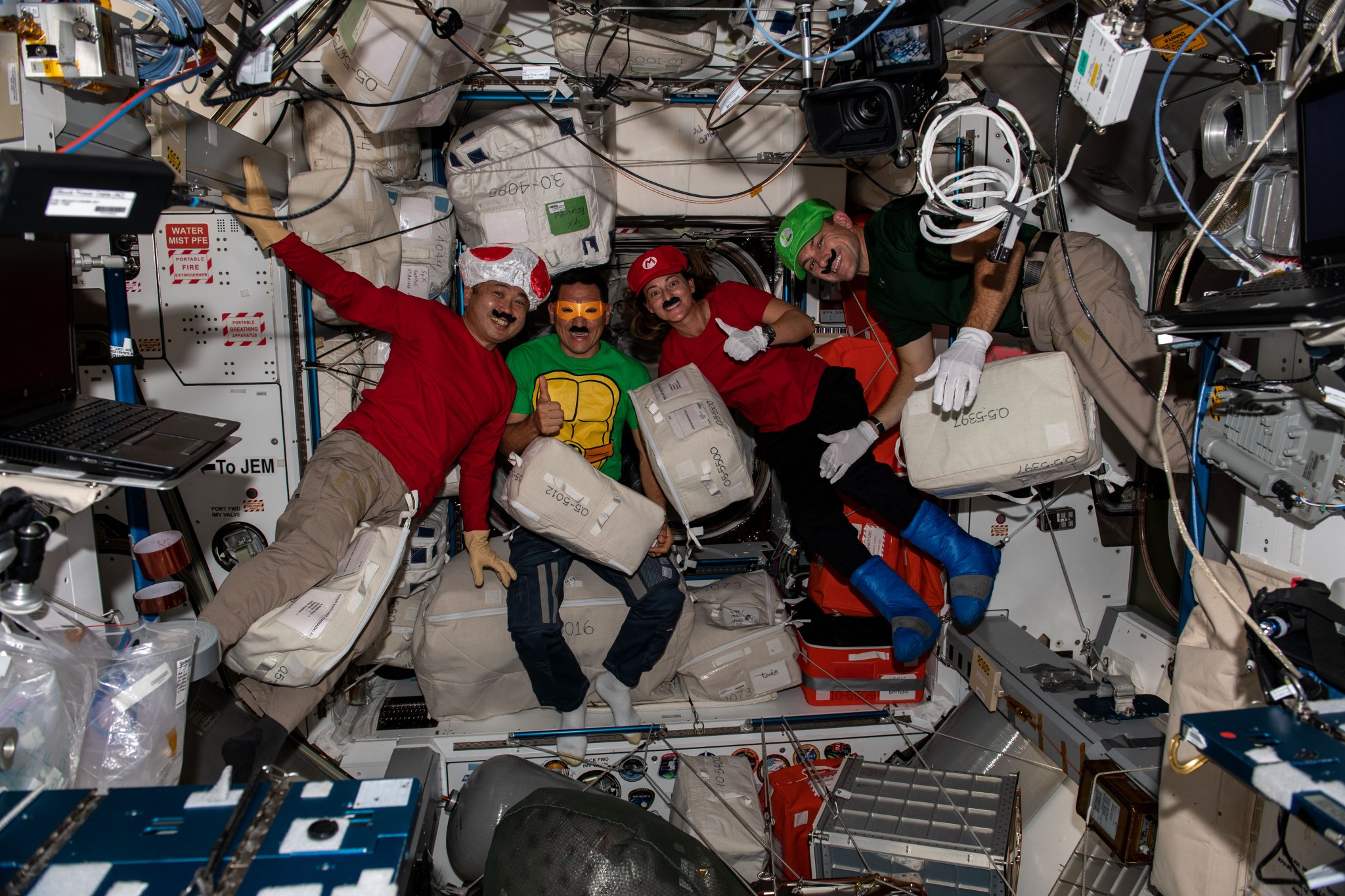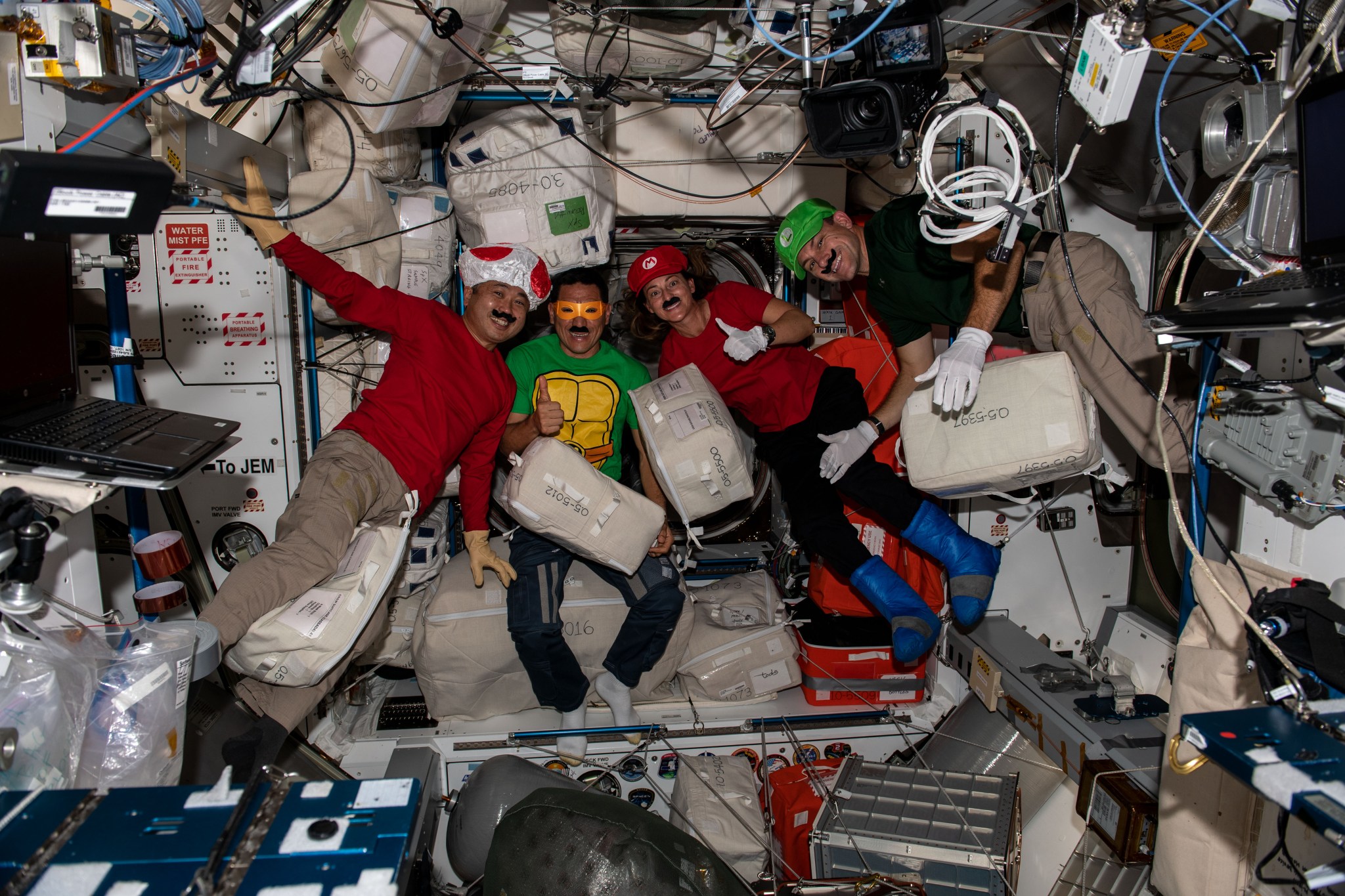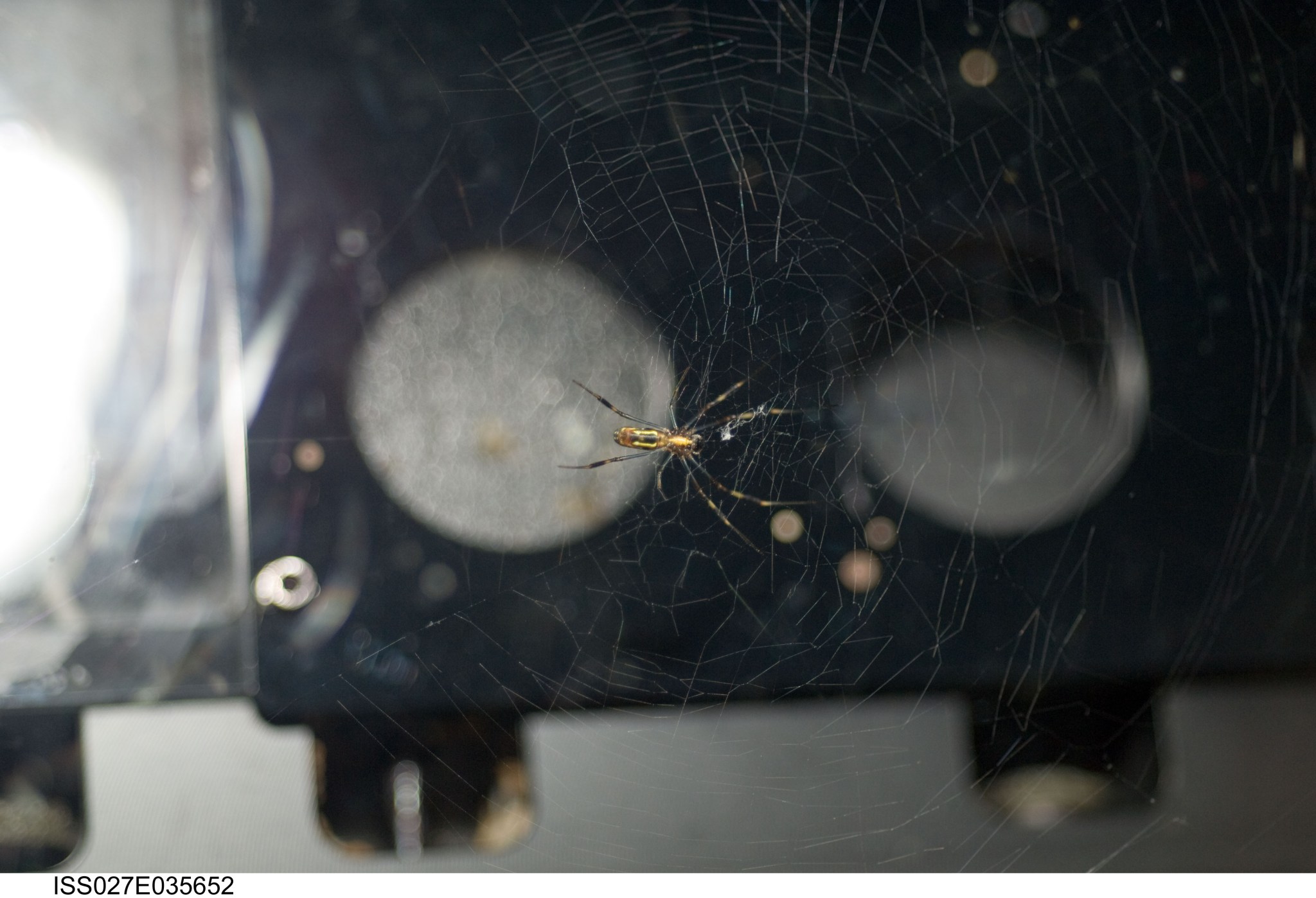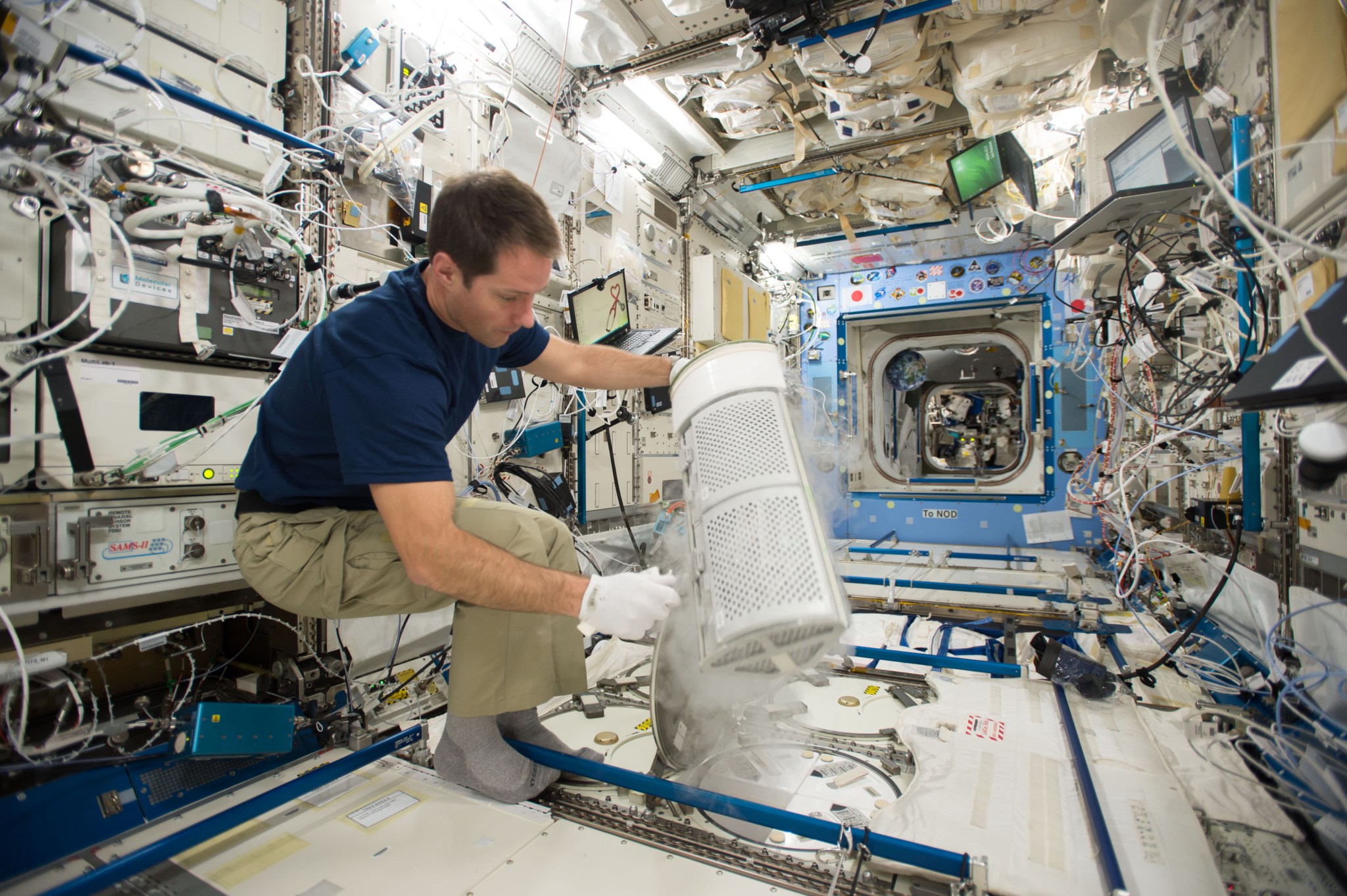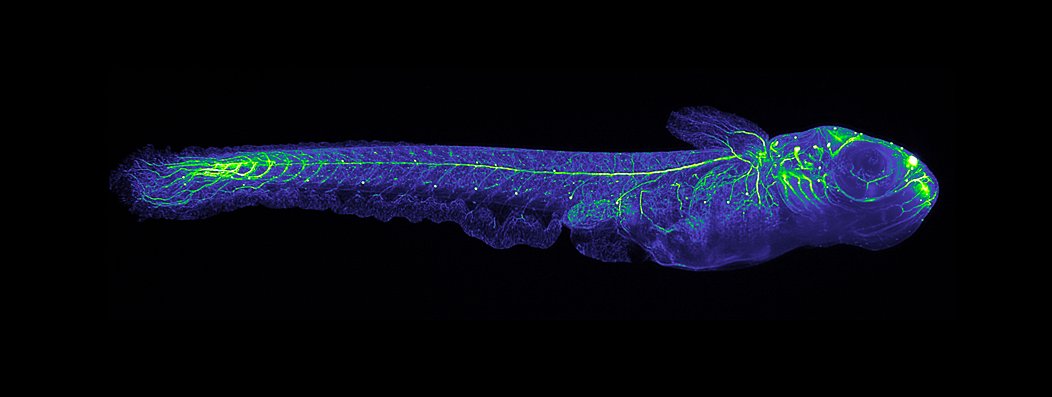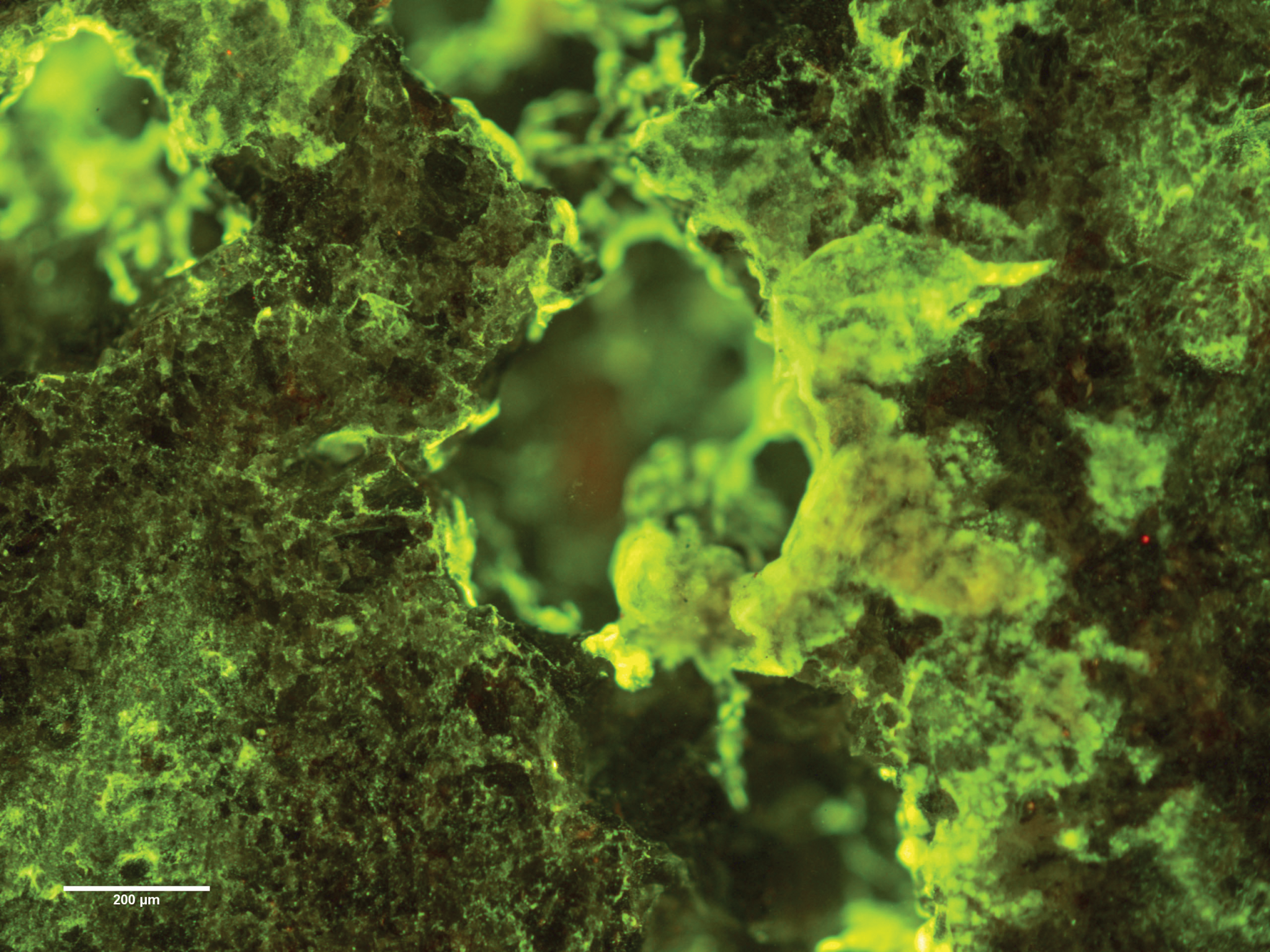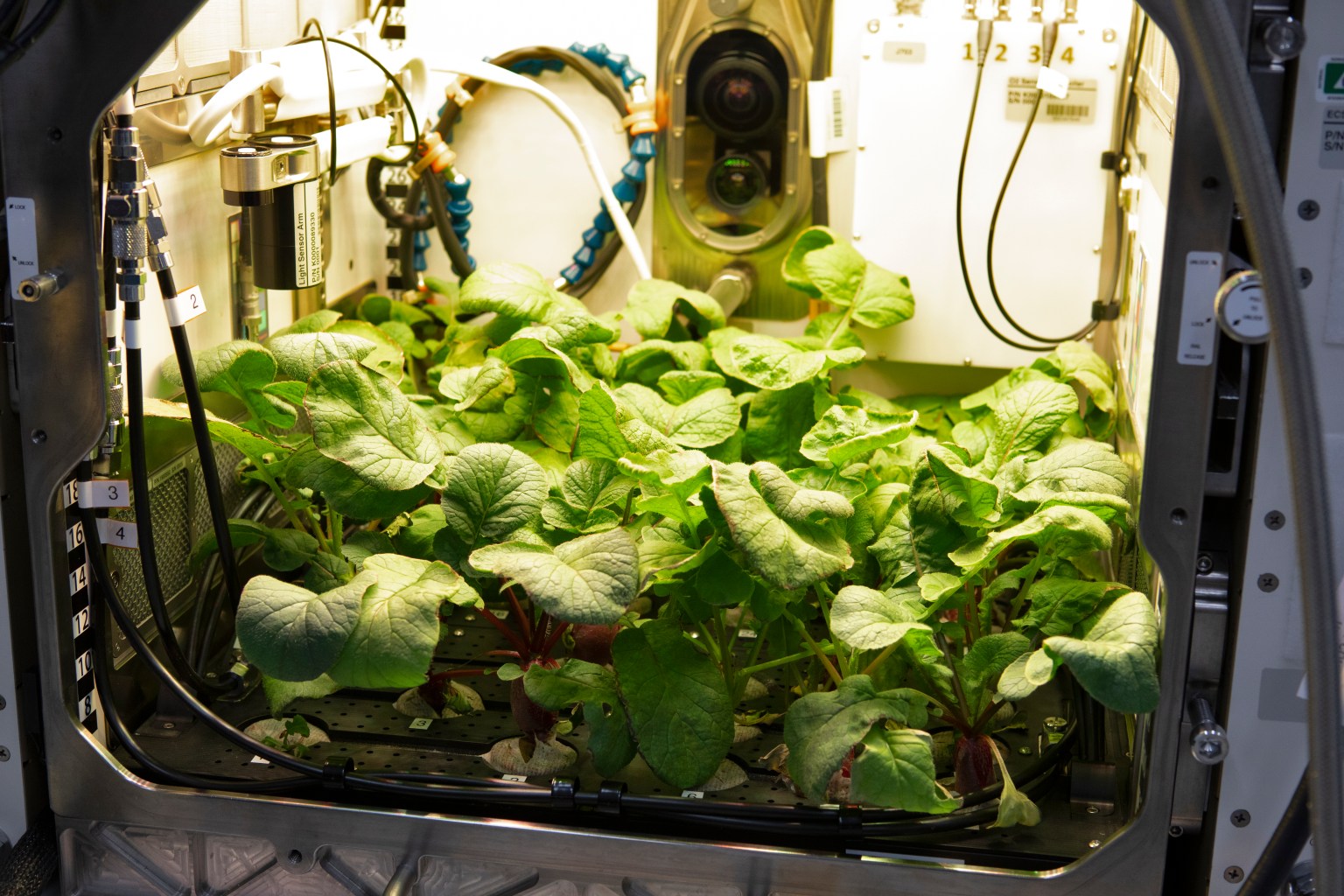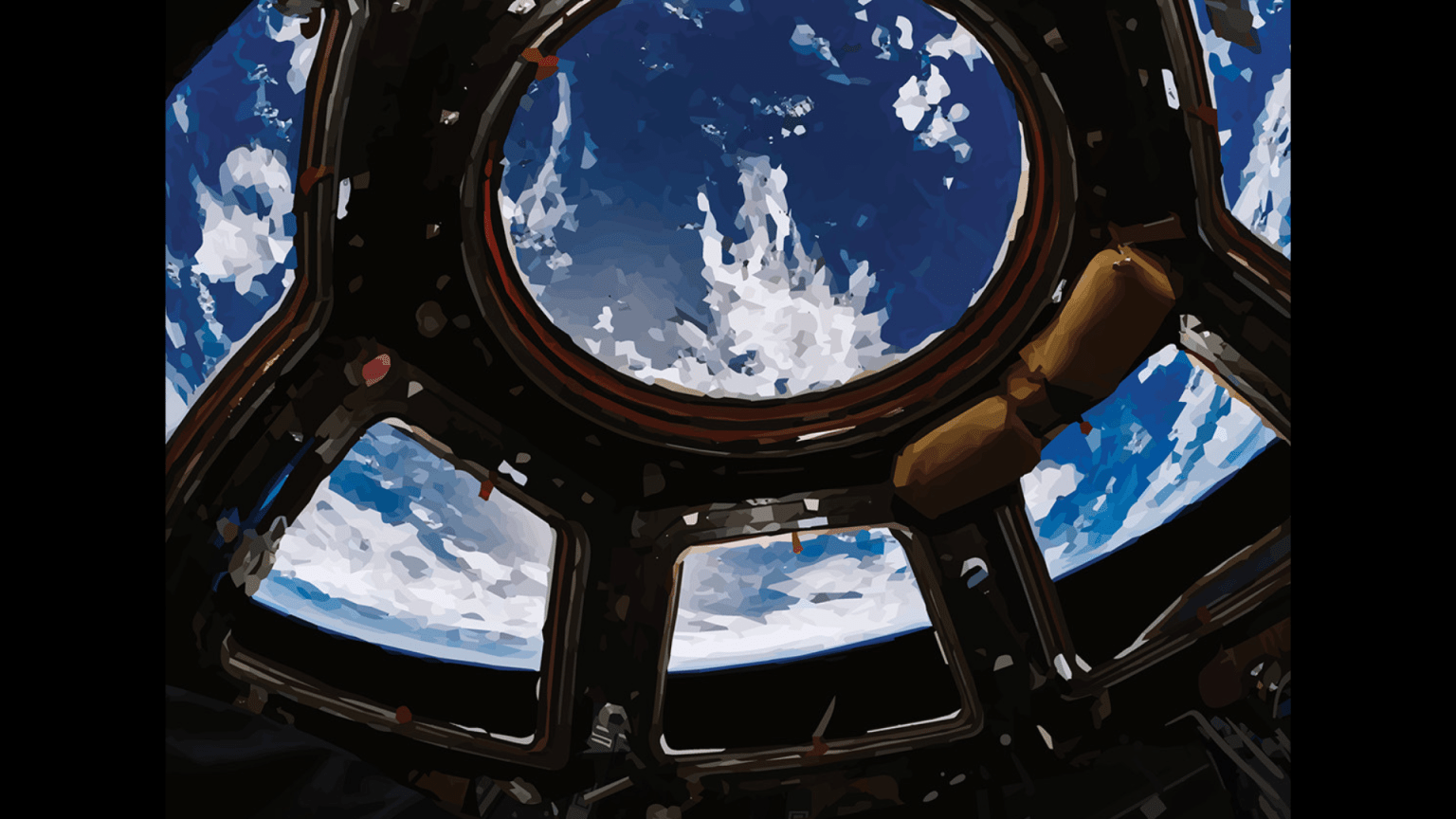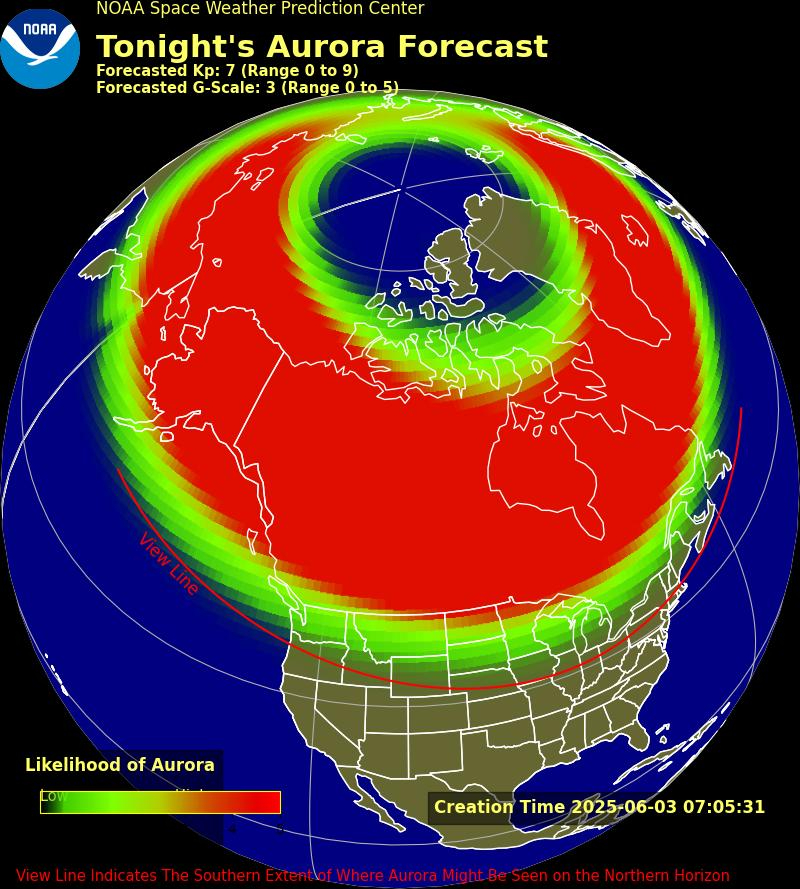4 min read
Preparations for Next Moonwalk Simulations Underway (and Underwater)
Science in Space: October 2024
Cultures around the world celebrate Halloween on Oct 31. In many places, in addition to people wearing costumes and eating candy, this day is associated with spooky decorating using fake blood, skeletons, flies, and spiders, some of them glow-in-the-dark.
Crew members on the International Space Station have been known to indulge in a bit of dressing up and candy consumption to mark the day, and the research they conduct year-round occasionally involves these iconic Halloween themes. No tricks, just treats.
A current investigation, Megakaryocytes Flying-One or MeF1, investigates how components of real blood known as megakaryocytes and platelets develop and function during spaceflight. Megakaryocytes are large cells found in bone marrow and platelets are pieces of these cells. Both play important roles in blood clotting and immune response. Results could improve understanding of changes in inflammation, immune responses, and clot formation in spaceflight and on the ground.
Creepy crawlies
Fake spiders and flies are popular Halloween decorations (and fodder for fun pranks). Several investigations on the space station have used real ones.
Fruit Fly Lab-02 used fruit flies, Drosophila melanogaster, to examine the cellular and genetic mechanisms that affect heart health during spaceflight. The flies experienced several effects on cardiac function, including changes in muscle fibers, that could be a fundamental response of heart muscles to microgravity.
MVP Fly-01 looked at how spaceflight affects immune function and resulting changes to the nervous system of the same type of flies, along with the value of artificial gravity as a countermeasure. Researchers found that artificial gravity provided some protection to physical changes to the central nervous system from spaceflight. Spiders, Fruit Flies and Directional Plant Growth (CSI-05) compared the weaving characteristics of golden orb-web spiders on the space station and the ground. Under natural conditions, the spiders build asymmetric webs with the hub near the upper edge, where they wait for prey. In microgravity, most but not all webs were quite symmetric, although webs built when the lights were on were more asymmetric and the spiders waited facing away from the lights. This could mean that in the absence of gravity, the spiders orient to the direction of light.
Bad to the bones
Everyone needs healthy bones and skeletons, and not just on Halloween. But spaceflight and aging on Earth can cause loss of bone mass. Space station research has looked at the mechanisms behind this loss as well as countermeasures such as exercise and nutrition.
Bisphosphonates as a Countermeasure to Bone Loss examined whether a medication that blocks the breakdown of bone, in conjunction with the routine in-flight exercise program, protected crew members from bone mineral density loss during spaceflight. The research found that it did reduce loss, which in turn reduced the occurrence of kidney stones in crew members.
Assessment of the Effect of Space Flight on Bone (TBone) studied how spaceflight affects bone quality using a high-resolution bone scan technique. Researchers found incomplete recovery of bone strength and density in the tibia (a bone in the lower leg), comparable to a decade or more of terrestrial age-related bone loss. The work also highlighted the relationship between length of a mission and bone loss and suggested that pre-flight markers could identify crew members at greatest risk.
In a merging of blood and bones, CSA’s Marrow looked at whether microgravity has a negative effect on bone marrow and the blood cells it produces. Decreased production of red blood cells can lead to a condition called space anemia. Findings related to the expression of genes involved in red blood cell formation and those related to bone marrow adipose or fat tissue, which stores energy and plays a role in immune function, could contribute to development of countermeasures. Marrow results also suggested that the destruction of red blood cells (known as hemolysis) is a primary effect of spaceflight and contributes to anemia. Bad news for vampires.
It glows in the dark
Fluorescence – a cool effect at a ghoulish party – also is a common tool in scientific research, enabling researchers to see physical and genetic changes. The space station has special microscopes for observing glow-in-the-dark samples.
For Medaka Osteoclast 2, an investigation from JAXA (Japan Aerospace Exploration Agency), researchers genetically modified translucent Medaka fish with fluorescent proteins to help them observe cellular and genetic changes the fish experience during spaceflight. One analysis revealed a decrease in the mineral density of bones in the throat and provided insights into the mechanisms behind these changes.
Biorock, an investigation from ESA (European Space Agency), examined how microgravity affects the interaction between rocks and microbes and found little effect on microbial growth. This result suggests that microbial-supported bioproduction and life support systems can perform in reduced gravity such as that on Mars, which would be a perfect place for an epic Halloween celebration.
